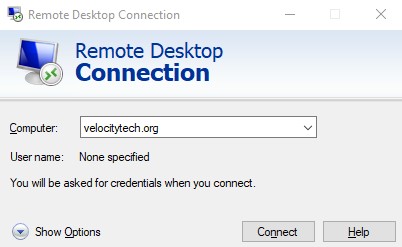Getting Started with Exchange 2010
January 27, 2010What version of Exchange 2010 do I need? Enterprise or Standard?
January 27, 2010| Feature | Exchange Server 2003 Standard Server | Exchange Server 2003 Enterprise Server | Exchange Server 2007 Standard Server | Exchange Server 2007 Enterprise Server | Exchange Server 2010 Standard Server | Exchange Server 2010 Enterprise Server |
|---|---|---|---|---|---|---|
| Mailbox Databases | 1-2 | 3-20 | 1-5 | 6-50 | 1-5 | 6-100 |
| Database Storage Limit | 75GB | None | 16TB | 16TB | 16TB | 16TB |
| Single Copy Cluster | No | Yes | No | Yes | No | No |
| Local Continuous Replication | No | No | Yes | Yes | No | No |
| Standby Continuous Replication | No | No | Yes | Yes | No | No |
| Cluster Continuous Replication | No | No | No | Yes | No | No |
| Mailbox Resiliency | No | No | No | No | Yes | Yes |
Keep in mind you also need client access licenses or CAL’s. The are sold in standard and enterprise edition. The enterprise however is just an add-on to the standard license. So for one enterprise user you must have a standard CAL and enterprise CAL. The main difference between the two is unified messaging which enterprise gives you the rights to.


